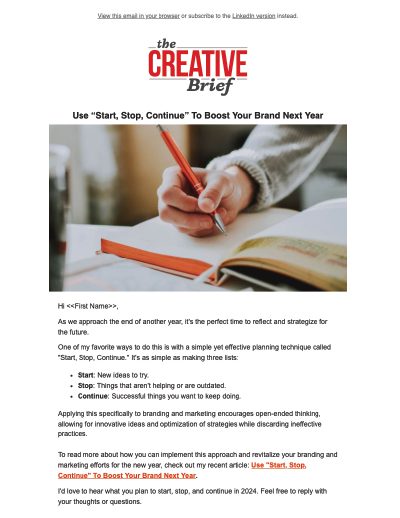In-House Business Startup Journal Part 1:
I’ve had the privilege of starting a new job 11 times in my career if you include the part-time after-hours teaching gigs. As such I have seen a pretty wide gamut of orientation and on-boarding programs. Some have been great, others have been less-than-great.
I’ve also seen the lack of any orientation and on-boarding, and think it’s pretty telling about an organization when your first few days on the job don’t have any formal structure around getting you up to speed on who’s who and what’s what.
When running a business of any kind it’s important to remember that you, as a manager, have just three resources at your disposal – Money, People, and Information. When someone starts a new job they need one of those three things more than the others: information. Who are the people that report to you, who are your stakeholders, what’s your budget, what are the company policies, how do I get in touch with IT tech support, what are the tools you need to use, what’s the process for engaging the team, what work takes priority, etc.
As a start-up organization however, none of these things may exist yet. So it’s going to be your job to figure it all out on behalf of other people. Just don’t do anything in an ad-hoc way. Keep organized and be methodical in assessing the situation so that you can put all the pieces together and get the ship on course.
How Behaving Like A Consultant Made Me A Better In-House Corporate Creative
Last year I wrote about some lessons learned while working in-house that makes me a better consultant and business owner. Today, I'm turning the tables and following up with some ideas for what I think helped shape my success when I was an in-house, corporate,...


